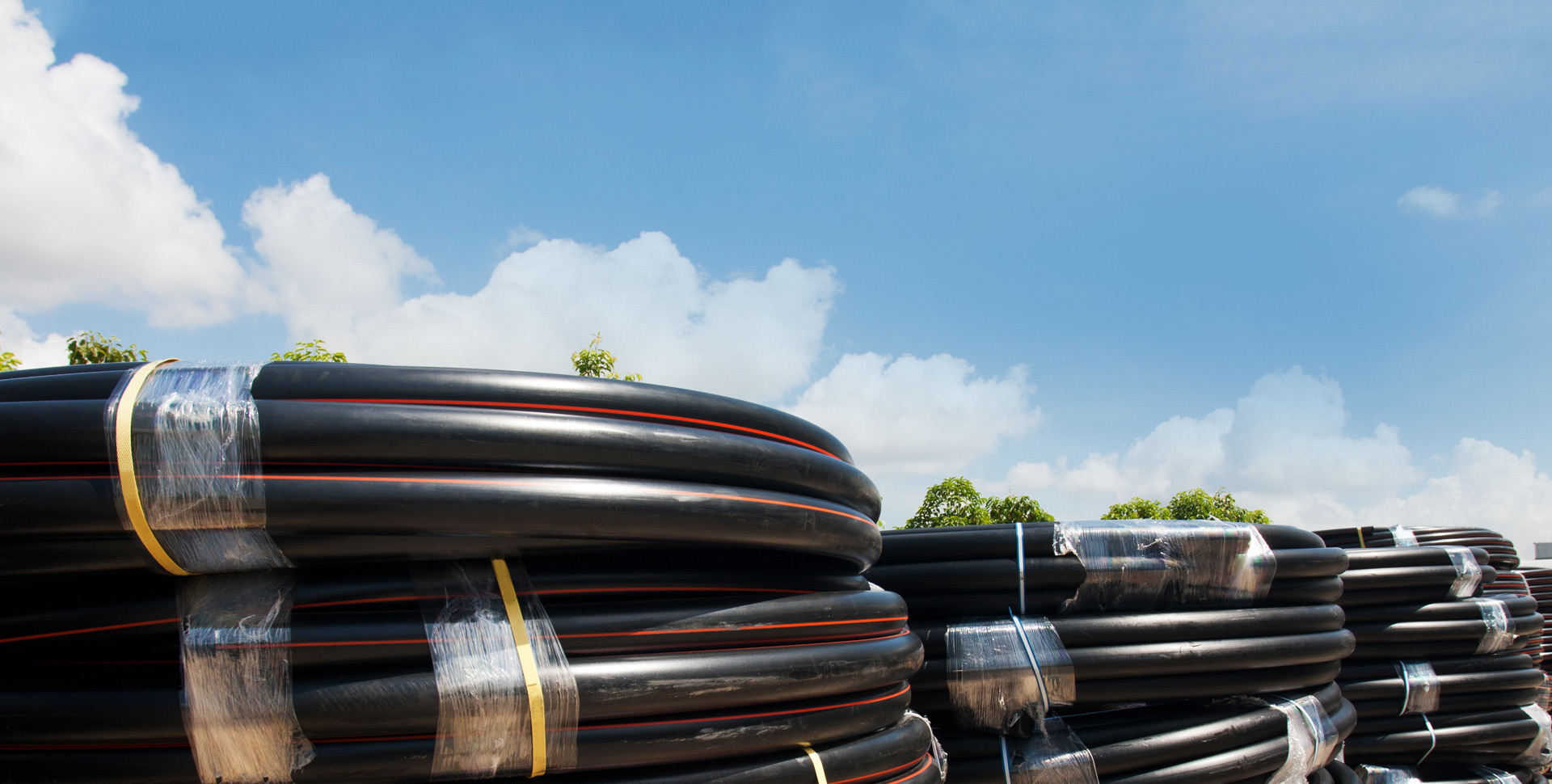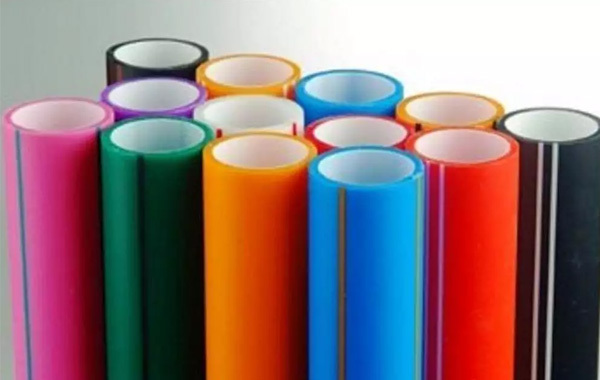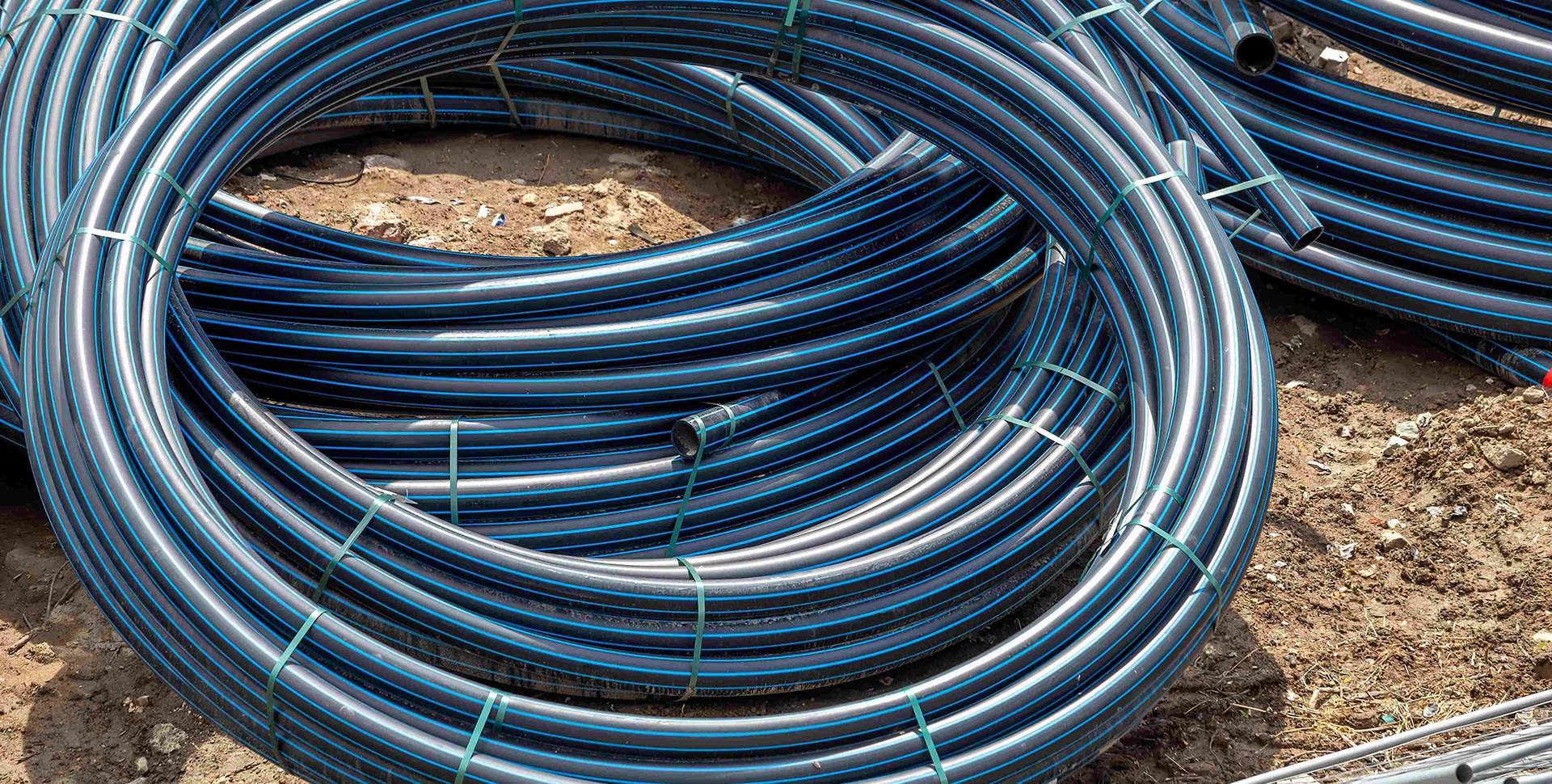Connecting the Dots: The Versatility of Optical Cable Silicon Core Tubes
Apr 14,2025
Connecting the Dots: The Versatility of Optical Cable Silicon Core Tubes
Table of Contents
- 1. Introduction to Optical Cable Silicon Core Tubes
- 2. What Are Silicon Core Tubes?
- 3. Advantages of Optical Cable Silicon Core Tubes
- 4. Applications of Optical Cable Silicon Core Tubes
- 5. Installation Techniques for Silicon Core Tubes
- 6. Future Trends in Optical Cable Technology
- 7. Frequently Asked Questions
- 8. Conclusion
1. Introduction to Optical Cable Silicon Core Tubes
In the fast-paced world of telecommunications and data transfer, **optical cable silicon core tubes** have emerged as a vital component. These tubes serve as the protective housing for optical fibers, ensuring that data can travel seamlessly and efficiently over long distances. Their versatility positions them as a favorite in numerous applications, from telecommunication networks to various industrial settings.
Understanding the dynamics of optical cable silicon core tubes is essential for anyone involved in the electric and telecommunications industries. These tubes not only safeguard the delicate fibers from environmental damage but also enhance the performance and longevity of the transmission systems they support.
2. What Are Silicon Core Tubes?
Silicon core tubes are specialized protective casings for optical fibers. Made from high-quality silicon, they provide a lightweight, flexible, and resilient alternative to traditional materials. The core of these tubes is engineered to accommodate multiple fibers, allowing for high-density installations without compromising on performance.
The structure of silicon core tubes includes several critical features:
- **Flexibility**: The inherent flexibility of silicon allows for easy routing and installation in tight spaces.
- **Temperature Resistance**: Silicon can withstand a wide range of temperatures, making it suitable for outdoor and industrial applications.
- **Moisture Resistance**: These tubes are inherently resistant to moisture, preventing water ingress, which can lead to signal degradation.
3. Advantages of Optical Cable Silicon Core Tubes
Optical cable silicon core tubes boast several advantages that set them apart from traditional materials.
3.1 Enhanced Signal Integrity
One of the primary benefits of using optical cable silicon core tubes is the enhanced signal integrity they provide. The smooth inner surface of the silicon core minimizes light loss and reflection, ensuring that signals maintain their strength over long distances. This is crucial in high-speed communication systems where even minor signal loss can result in data corruption.
3.2 Reduced Attenuation
Attenuation refers to the reduction in signal strength as it travels through a medium. Silicon core tubes are designed to minimize this attenuation, offering superior performance compared to traditional cable types. This characteristic makes them particularly well-suited for large-scale networks where maintaining signal strength is paramount.
3.3 Durability and Resilience
Silicon core tubes excel in durability, withstanding mechanical stress, temperature fluctuations, and environmental exposure without compromising performance. Their resilience ensures a longer lifespan, reducing the need for frequent replacements and maintenance.
4. Applications of Optical Cable Silicon Core Tubes
The versatility of optical cable silicon core tubes enables their application across various industries. Here are some key areas where they are making a significant impact.
4.1 Telecommunications
In telecommunications, silicon core tubes are vital for establishing robust fiber optic networks. With the rising demand for high-speed internet and reliable connections, these tubes support the infrastructure necessary for modern communication systems. They ensure that data can be transferred swiftly and efficiently, meeting the needs of consumers.
4.2 Data Centers
Data centers are at the heart of the digital economy, requiring high-performance connectivity. Silicon core tubes provide the necessary support for dense fiber optic installations, facilitating efficient data transfer between servers and storage systems. Their durability and low attenuation rates make them an ideal choice for the ever-evolving demands of data centers.
4.3 Industrial Automation
The rise of Industry 4.0 has led to increased reliance on automated systems and IoT devices. Optical cable silicon core tubes play a crucial role in ensuring reliable communication between these devices. Their resistance to harsh environmental conditions makes them suitable for use in factories and industrial settings, where they help maintain connectivity and data integrity.
5. Installation Techniques for Silicon Core Tubes
Installing optical cable silicon core tubes requires careful planning and execution to ensure optimal performance. Here are some best practices for installation:
1. **Site Assessment**: Before installation, conduct a thorough assessment of the site to identify potential hazards and challenges that could affect the installation process.
2. **Proper Handling**: Handle silicon core tubes with care to avoid any damage. Ensure that they are not kinked or crushed during transport and installation.
3. **Bending Radius**: Adhere to the recommended bending radius during installation to prevent signal loss and damage to the fibers.
4. **Use of Protective Equipment**: Employ appropriate protective gear during installation to ensure safety and prevent accidents.
6. Future Trends in Optical Cable Technology
The future of optical cable technology, particularly silicon core tubes, is bright. Emerging trends indicate a shift towards:
- **Increased Fiber Density**: As demand for bandwidth grows, silicon core tubes will evolve to accommodate even more fibers in a smaller footprint.
- **Smart Materials**: Innovations in materials science may lead to the development of smarter silicon tubes that can monitor their condition and performance in real-time.
- **Sustainable Practices**: The industry is moving towards sustainable practices, including the development of recyclable and eco-friendly materials for optical cables.
7. Frequently Asked Questions
1. What are the main benefits of using silicon core tubes in optical cables?
The main benefits include enhanced signal integrity, reduced attenuation, and increased durability.
2. Can silicon core tubes be used in outdoor applications?
Yes, silicon core tubes are resistant to moisture and temperature changes, making them suitable for outdoor use.
3. How do installation techniques impact the performance of silicon core tubes?
Proper installation techniques, such as maintaining the bending radius and avoiding physical damage, are crucial for ensuring optimal performance.
4. What are the future trends for optical cable technologies?
Future trends include increased fiber density, the use of smart materials, and a focus on sustainability.
5. Are silicon core tubes more cost-effective than traditional materials?
While upfront costs may vary, the long-term benefits of durability and reduced maintenance often make silicon core tubes a more cost-effective choice.
8. Conclusion
The versatility of **optical cable silicon core tubes** positions them as an essential component in the modern landscape of telecommunications and data transfer. With their unique advantages, from enhanced signal integrity to superior durability, these tubes address the growing demands of various industries. As technology continues to advance, the role of silicon core tubes will only become more integral, ensuring robust and efficient data transmission for years to come. Understanding their applications and installation techniques will empower businesses and professionals to leverage this technology effectively.
Latest News





